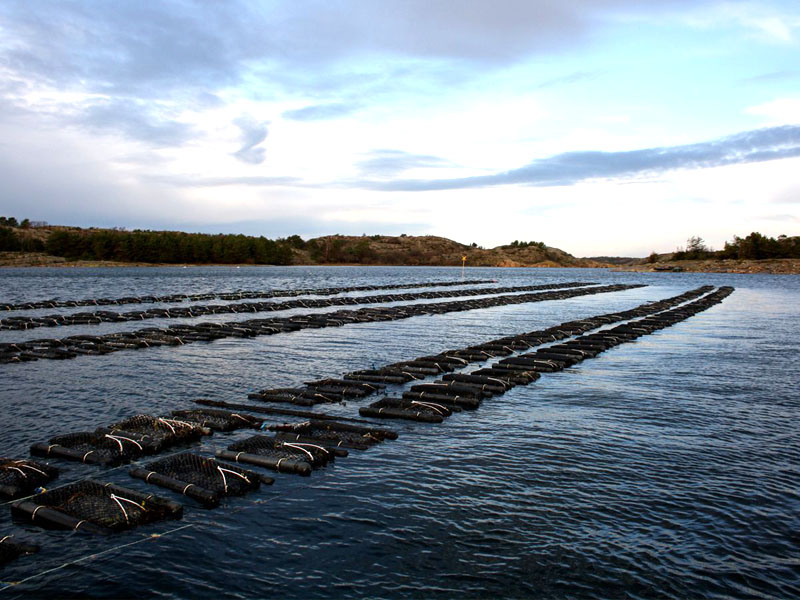Oyster mesh plays a crucial role in various aquaculture […]
Oyster mesh plays a crucial role in various aquaculture practices, offering support, protection, and optimal growth conditions for oysters at different stages of their development. One of the primary types of mesh used is bag mesh, which is frequently employed in oyster farming to house individual oysters. These mesh bags or sleeves provide a contained environment where oysters can grow while allowing water flow for feeding and waste removal. The mesh size of these bags can be adjusted based on the size of the oysters being cultivated and the specific growth requirements.
Cage mesh is another commonly used type, particularly in floating or suspended oyster farming systems. This mesh provides structural support for oyster cages or trays, allowing them to float on the water's surface while still enabling sufficient water flow. This setup is ideal for areas where bottom culture is not feasible or where water quality is better suited to floating cultivation.
For bottom culture, heavier and more durable mesh is employed. This bottom culture mesh is laid directly on the seabed or on racks, providing a stable substrate for oysters to attach and grow. It withstands the harsher conditions at the bottom while still permitting water circulation and nutrient exchange.
Seed bags are another essential type of oyster mesh, particularly during the nursery phase of oyster farming. These bags feature fine mesh that securely holds oyster seed (juvenile oysters) while allowing water to flow through. This setup prevents the escape of small oysters while providing them with the necessary environmental conditions for growth.
In floating culture systems, float bag mesh is utilized to support oysters. These mesh bags or containers are attached to floating platforms or rafts, allowing oysters to grow suspended in the water column. The mesh facilitates water exchange and nutrient availability while keeping the oysters contained within the designated area.
The choice of oyster mesh type depends on several factors, including the farming method, environmental conditions, oyster species, and growth stage. Additionally, regional preferences and local practices also influence the selection of mesh types in oyster aquaculture.



 WhatsApp:+8613626888261
WhatsApp:+8613626888261